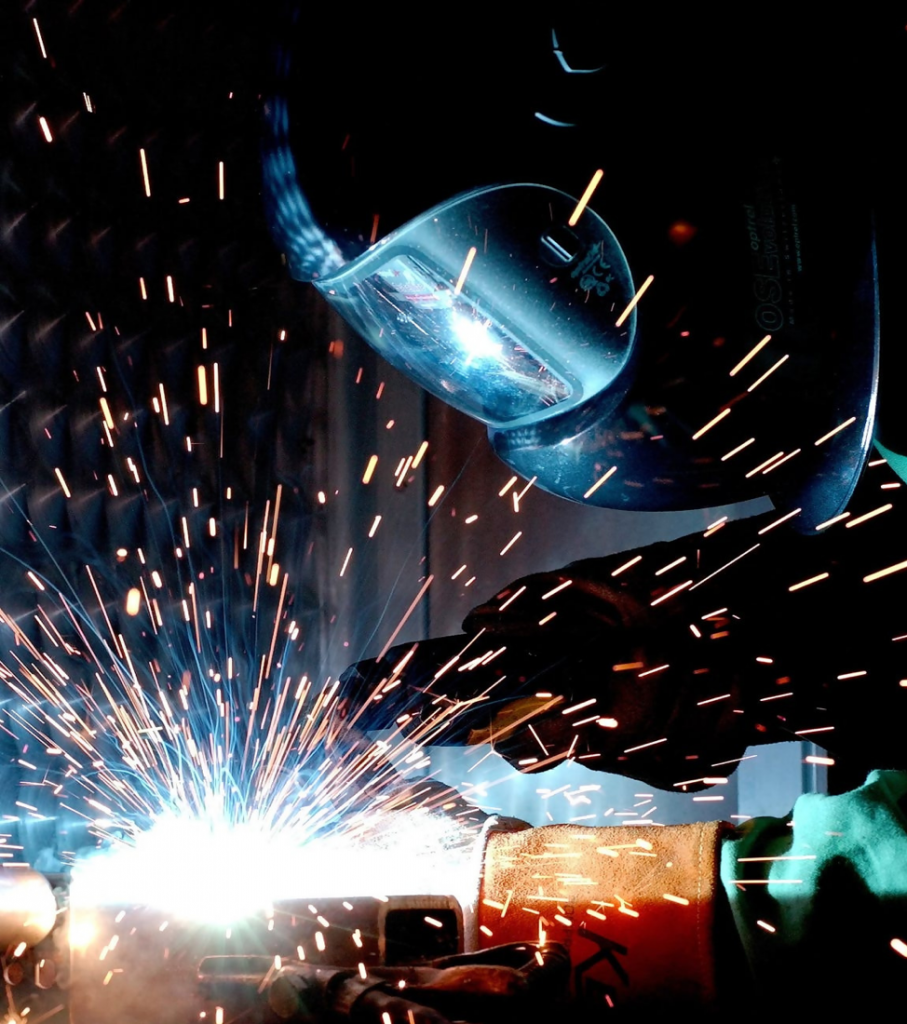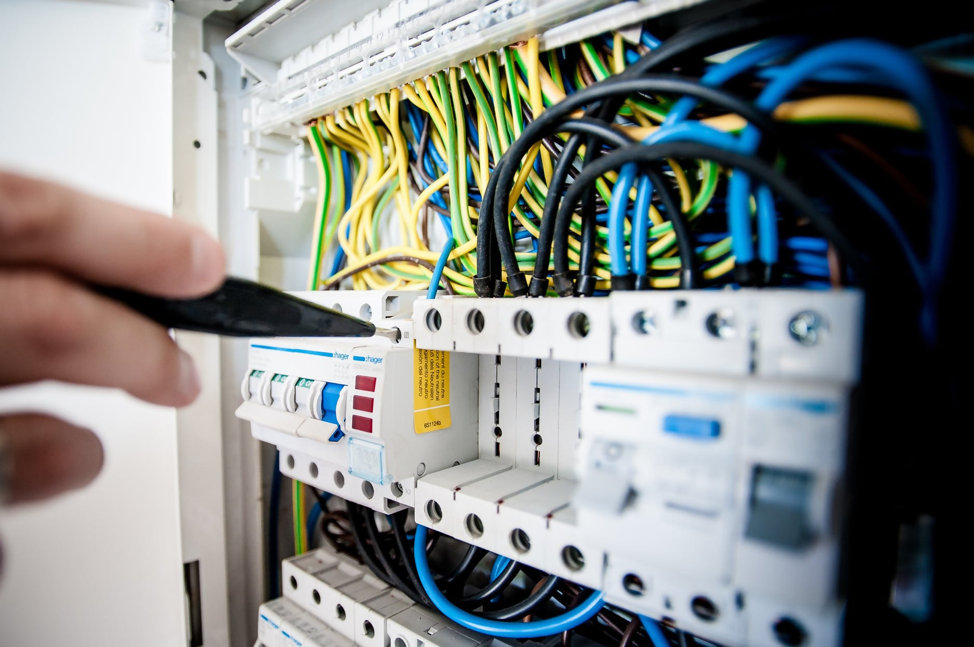Electrical Work in Your Apartment: What to Know
Every construction process is interlinked, and we must be familiar with the details. Every homeowner has to undertake electrical projects every once in a while for their home.
Electrical Construction and Its Phases
To very simply explain the construction process, especially from a contractor’s of view, we can say that there are mainly 2 phases of electrical construction: wet and dry. The initial stage can be described as the wet stage when the house remains unprotected from external forces of moisture, such as rain and snow. The dry phase is when most of the electrical construction is conducted as the house’s exterior is protected from snow and rain.

To explain it from an electrician’s point of view, the construction phase has two main parts: the rough-in and the finishing phase. The division is made on the bases of the finishing level that the walls are at.
Step by Step Electrical Construction Guide
Stage 1- Temporary Underground and Electrical Conduit
A construction site is always devoid of electricity during the course of construction. Since every piece of machinery operates on electricity, a temporary pole is erected for connection as the project continues.
Electricians may also use a generator in place of a pole. Electrical conduits are laid down before the floors are finalized with concrete. This happens especially when the floor plan features receptacles. This is perhaps the only step that can be conducted during the wet phase and is usually completed in the space of a few hours.
2. The Rough-In
This is the second step in the construction process and occurs after all the windows, doors, floors, etc. have been installed, but the sheetrock remains to be installed. The rough-in mainly centers on the circuit wiring between the wall studs and the electric box by drilling in holes where needed. Can lights and exhaust fans are also installed during this stage. Since they also install the roof during this stage, if we have soffit included in our plans, this is the moment when we should put them up. From here on, all the wiring connected with the security system, the entertainment system, etc. needs installation. The time this process takes depends on the size of the homes. For smaller homes, it can take a few days, and for larger homes, the process can go on for months.
3. Interim Needs
During this stage, more attention is giving to a number of smaller details. It is because by this time, the sheet rocks have already been put in place, and no more changes of electrical wiring can be done after this. The professionals temporarily add the receptacles in spaces like the garage, for example. These allow more convenience in entering and exiting the house.
Apart from a few switches and lights, systems for temperature control are also installed. Since these systems are vulnerable to damage by sheetrock paint and mud, they are only installed for a short time. It can take a day to complete this stage.
4. The Finish
The finish stage is the final phase, wherein all fans, receptacles, switchboards, external electrical items, and HVAC systems are installed. Technically, we refer to this stage as the last one since we affix all the electrical appliances required in their respective places and ready for use. If we have a small house, this process may take a few days to complete, whereas, for larger homes, the same process can last from a few weeks to months even.

5. Warrants and Modifications
We may refer to this stage as the trial period since all the installed items need rechecking. The wiring is verified and tested, and so on. If a light or a fan misbehaves due to miswiring, it is fixable even after the homeowners have moved in.
While the warranty period is valid, the buyer may ask for alterations or certain additions in the electrical wiring system. These could include asking for a new circuit installation for hot tubs or dimmers in place of switches.
Preventive Measures
Once our electrical construction is complete, we must not think of it as the end of our responsibility. Electrical breakdown and fires are one of the most leading causes of home fires. Fortunately, if we all play our part correctly and take preventive measures, we can ensure such a catastrophe does not befall us.
Here are a few things we must never do in our homes:
- Use adapters on two-prong outlets
- Neglect getting old wiring checked
- Plug into loose electrical switches and outlets
- Fail to use the correct outlets in the kitchen and the bathroom
- Not take due notice of flickering lights
- Ignore frayed or exposed lighting in the bathroom
- Use appliances that frequently malfunction
- Overload our circuit
- Undertake complex DIY projects
To follow the step by step process of electrical construction for our homes, it is most advisable to work under the expertise of licensed professionals. The process may sound simple as the stages advance. However, it is extremely difficult to handle it correctly all on our own.
Working with unlicensed and inexperienced professionals can be extremely hazardous for the safety of the homeowners and the crew.
Call Brener Construction today for professional electrical work.
BRENER CONSTRUCTION INC.
Email: info@brenerconstruction.com
Tel: 646-455-3321

[…] electrical work also influences the remodeling costs of a bathroom. Wondering why? Well, besides the lights and […]
[…] Do you wish to move the electric outlets away from direct water sources and higher? This may involve a complete breakdown of your bathroom’s electrical work to ensure everything is in line. Furthermore, if you plan to add an electrical fixture or two to your bathroom, it may also involve working with your bathroom’s electrical work. […]
[…] your hired professional renovation contractor and their workforce will perform the plumbing and electrical work. They will inspect, repair, and fix issues like short circuits, leaks, damaged electric units, and […]